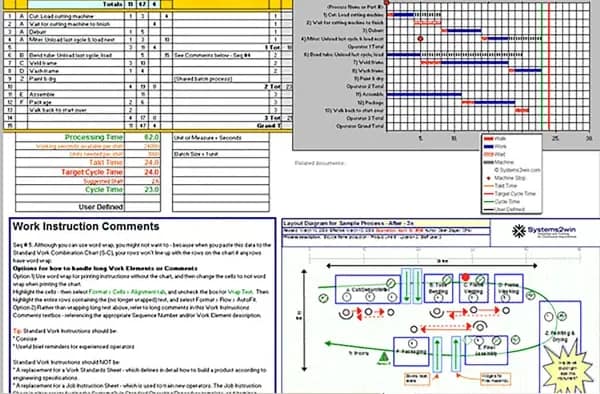
Safe Launch Plan (SLP) in Automotive Manufacturing
🚗 What Is a Safe Launch Plan (SLP)?
A Safe Launch Plan (SLP) is a structured, temporary quality control strategy implemented during the early production phase of a new product or process. Its purpose is to protect the customer from potential defects while the manufacturing process stabilizes.
SLP is also known as:
- GP-12 by GM (Early Production Containment)
- Formel Q Capability by Volkswagen
- Launch Readiness Review (LRR) by Ford
- Safe Launch Process by ZF
🎯 Purpose of SLP
- Prevent non-conforming parts from reaching the customer
- Provide documented evidence of process stability
- Establish a baseline for process reliability growth
- Enable early detection and correction of issues
- Support customer confidence during launch
📌 Scope
SLP applies to:
- All new product launches
- All process changes
- All tooling changes
- All supplier changes
- All customer-specific requests
🧩 Key Elements of a Safe Launch Plan
1️⃣ Planning Phase
- Define scope and duration of SLP
- Identify critical characteristics and Customer Interface Characteristics (CICs)
- Develop an SLP Control Plan (enhanced version of the serial Control Plan)
- Align with PFMEA, Process Flow, and Standardized Work
2️⃣ Execution Phase
- Perform 100% inspection or enhanced sampling
- Monitor:
- Process capability (Cpk/Ppk)
- Defect rates
- Scrap and rework
- Error-proofing device functionality
- Operator training effectiveness
- Record and analyze data daily
- Implement containment actions for any defects
3️⃣ Reporting Phase
Submit to customer:
- Daily defect summary
- Inspection results
- Process capability data
- Corrective action status
- SLP audit results
Use customer-specific formats (e.g., GM GP-12 forms, Ford LRR checklist)
4️⃣ Exit Criteria
- Minimum number of certified OK shipments (typically 3–5)
- No open issues or recurring defects
- Stable process capability
- Customer approval (written sign-off)
- Internal review and documentation
📊 What to Monitor During SLP
| Category | Examples |
|---|---|
| Product Quality | Defect types, PPM, scrap rate |
| Process Stability | Cpk/Ppk, cycle time, downtime |
| Error Proofing | Device verification logs |
| Operator Performance | Training records, audit results |
| Customer Feedback | Complaints, returns, audit findings |
📁 What to Submit to the Customer
- SLP Control Plan
- Daily inspection logs
- Defect containment reports
- Corrective action status
- Process capability summary
- SLP audit checklist
- SLP exit review documentation
🌐 Integration with AIAG & VDA Standards
✅ AIAG APQP (2024)
- SLP is now a formal phase between Pre-Launch and Production
- Requires linkage to:
- PFMEA
- Control Plan
- Measurement System Analysis (MSA)
- Error Proofing Verification (GQS 10)
✅ VDA 6.3
- SLP supports Maturity Level Assurance
- Requires:
- Enhanced monitoring
- Supplier readiness audits
- Defect containment and escalation
🌍 Global OEM Requirements
| OEM | SLP Equivalent | Key Requirements |
|---|---|---|
| GM | GP-12 | 100% inspection, daily reporting, certified OK shipments |
| Ford | LRR | Launch audit, defect tracking, customer sign-off |
| Volkswagen | Formel Q Capability | Process maturity, defect containment |
| ZF | PCM-SLP | Data recording, performance monitoring, exit review |
| Stellantis | SLP | Supplier launch readiness, defect tracking |
| Mercedes-Benz | SLP | Enhanced inspection, launch control |
✅ Summary
Implementing a Safe Launch Plan helps suppliers:
- Protect customers during early production
- Build confidence in product and process quality
- Meet global OEM and industry standards
- Drive continuous improvement and defect prevention
📌 Beginner Tip: Think of SLP as your “quality safety net”—it catches issues before they reach your customer.


